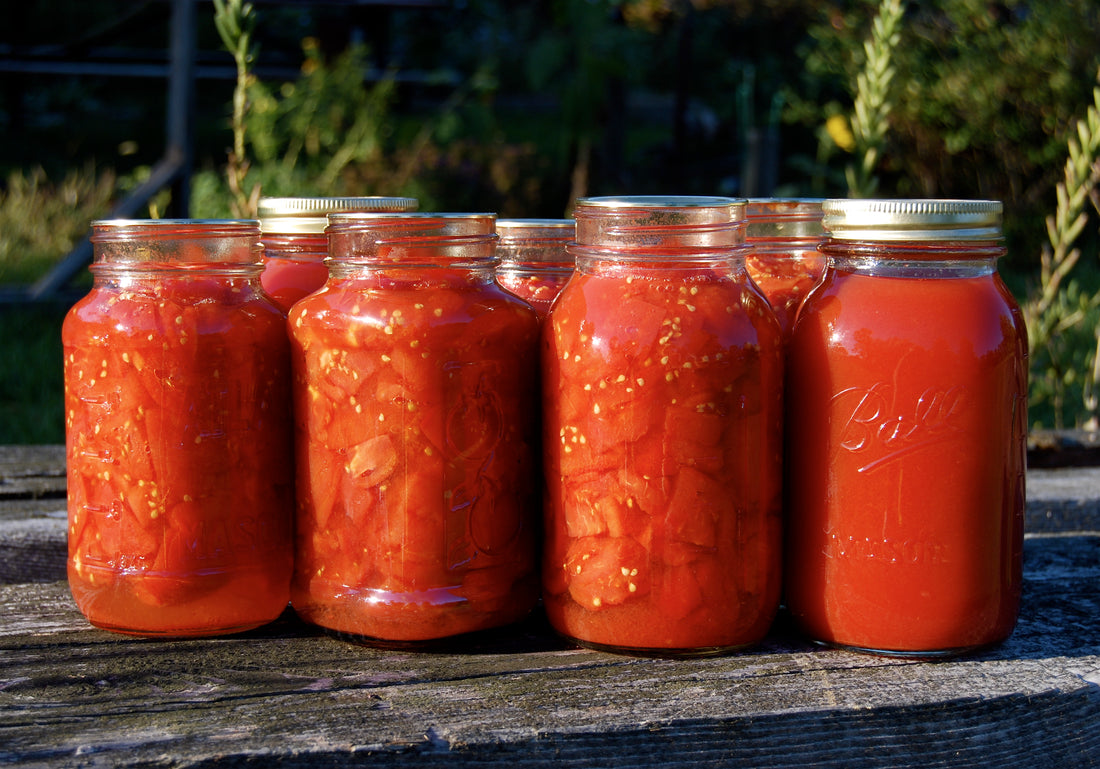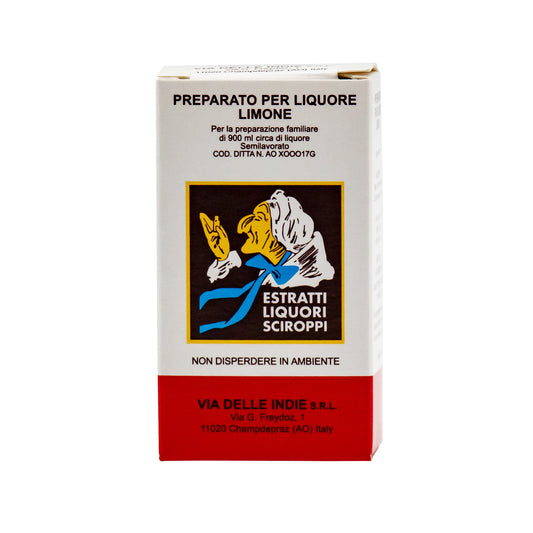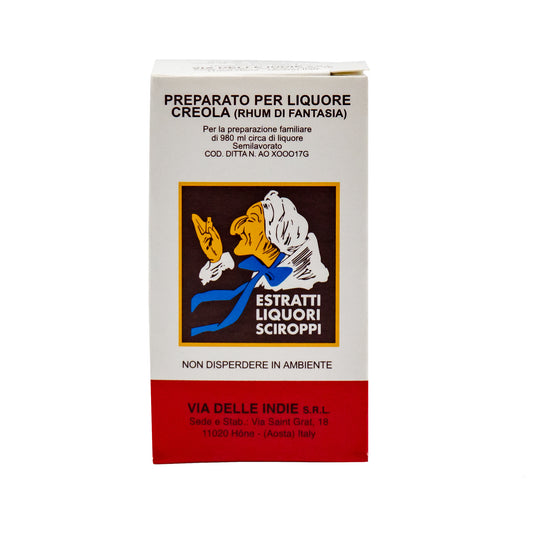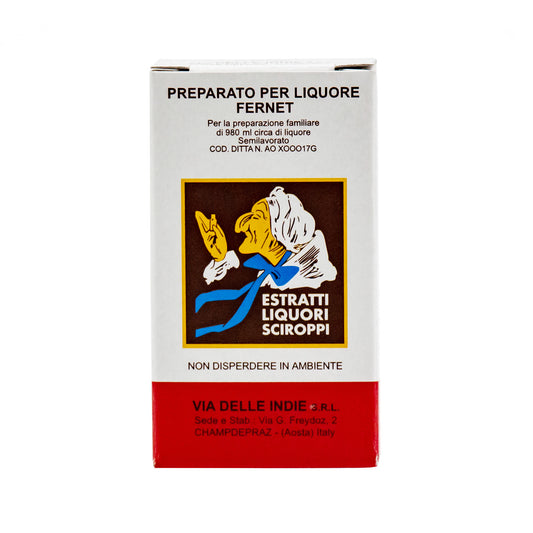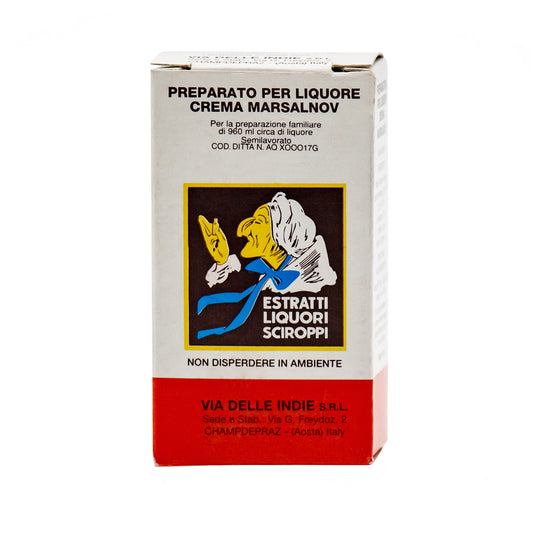There's more than one way of making passata. Some people bottle hot passata, others process the tomatoes through the machine raw, bottle the passata and then cook it with the boiling process. Some families add onions, some don't. Some put basil leaves into the bottles, rather than adding finely chopped basil to the puree.
Below is a recipe for passata using the raw method.
Equipment required
The equipment you will need to make good tomato sauce/passata;
- Manual tomato machine or FLB electric tomato machine
- Food pusher/plunger
- Bowls
- Jars or bottles
- Lids or caps
- Stock-pots
- Container for washing tomatoes
- Crate with tomato sauce filling nozzle
- Ice bath (optional)
- Tea towels
- Knives
- Chopping boards
- Ladle
- Funnel
- Straining ladle
- Small press
- Stirring spoon
Consumables
- Fresh Tomatoes
- Fresh Basil
- Salt
Tomato selection
Roma tomatoes are the most common variety used for making tomato sauce. Other varieties can be used for making sauce, preferably small size and pulpy varieties, which will yield best results.
Sterilising jars and lids
Submerge the jars that you will be using in a pot of water and bring it to a boil for 5 minutes. Then remove them from the water using the jar lifter as not to burn yourself and place on clean surface or cloth. Lids can be quickly washed and dried and placed on clean tea towel.
Tip: There are various ways to sterilise jars, we offer this way as a simple and easy way to do it.
Preparing the tomatoes
Inspect and wash the tomatoes and remove the eye, any blemished, bruised or soft parts on the tomatoes. If tomatoes are mouldy, discard those as well and remove any stems and green leaves if required.
Prepare the raw tomatoes by cutting them in halves or quarters. Give them a gentle squeeze to start the juicing and place in a perforated crate to drain.
Processing the raw tomatoes
Process the prepared tomatoes through a manual or electric sauce machine or mouli.
Tip: The equipment you use should be appropriate to the volume of tomato sauce/passata being made.
A tub or large bucket should be used to contain the processed pureed tomatoes. Once all the tomatoes have been processed, you can then add salt to the fresh puree to taste, and stir through the sauce well with a long spoon or ladle, (in some years, depending on climates, a little sugar can be added also, but only if the tomato taste is slightly acidic when bought.)
Filling the jars with tomato sauce
Place 2 to 3 pre washed and dried basil leaves into your prepared sterilised jars or bottles.
Bottle fillers and nozzles make bottling this style of sauce very easy, as the puree is quite runny and easily flows into the jars or bottles. Ensure to leave a small space (about 10-15mls) at the top of your jars or bottles for expansion. Once all the tomato puree has been bottled, the tomato sauce is now ready to be capped or sealed. Ensure to secure the lids and caps on tight.
Preserving the tomato sauce
Place the jars or bottles in a uniform layer in a large pot. Place towels or rags in-between the layers to protect them from breakage. Fill the pot with cold water ensure to cover the jars or bottles completely and then cover the pot with a lid. Bring pot to the boil; continue to boil for a minimum of 2 hours and then leave to cool.
Tip: The sterilising and preserving process is very important. Tomato sauce will not keep well if the processes are not followed properly.
Storing the tomato sauce
Once cooled, check the jars to make sure that they have sealed properly. Try turning them upside down to check for leaks. You can also try pushing the centre of the lid down. If you hear a pop, then it has not sealed properly and it should be discarded for safety reasons. If no pop has been heard, the lid can then be labelled with the processing date and placed in cupboard or stored in a cool spot until you are ready to use them.
These should then be consumed within 6–12 months, depending on the quality of tomato sauce made and storage conditions.

